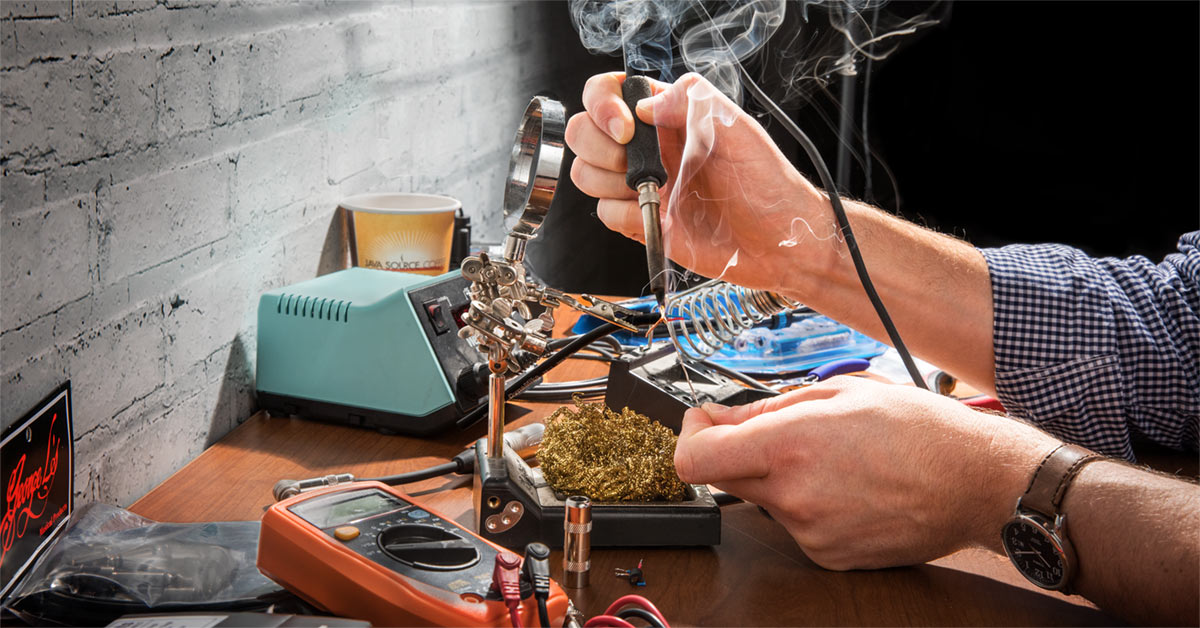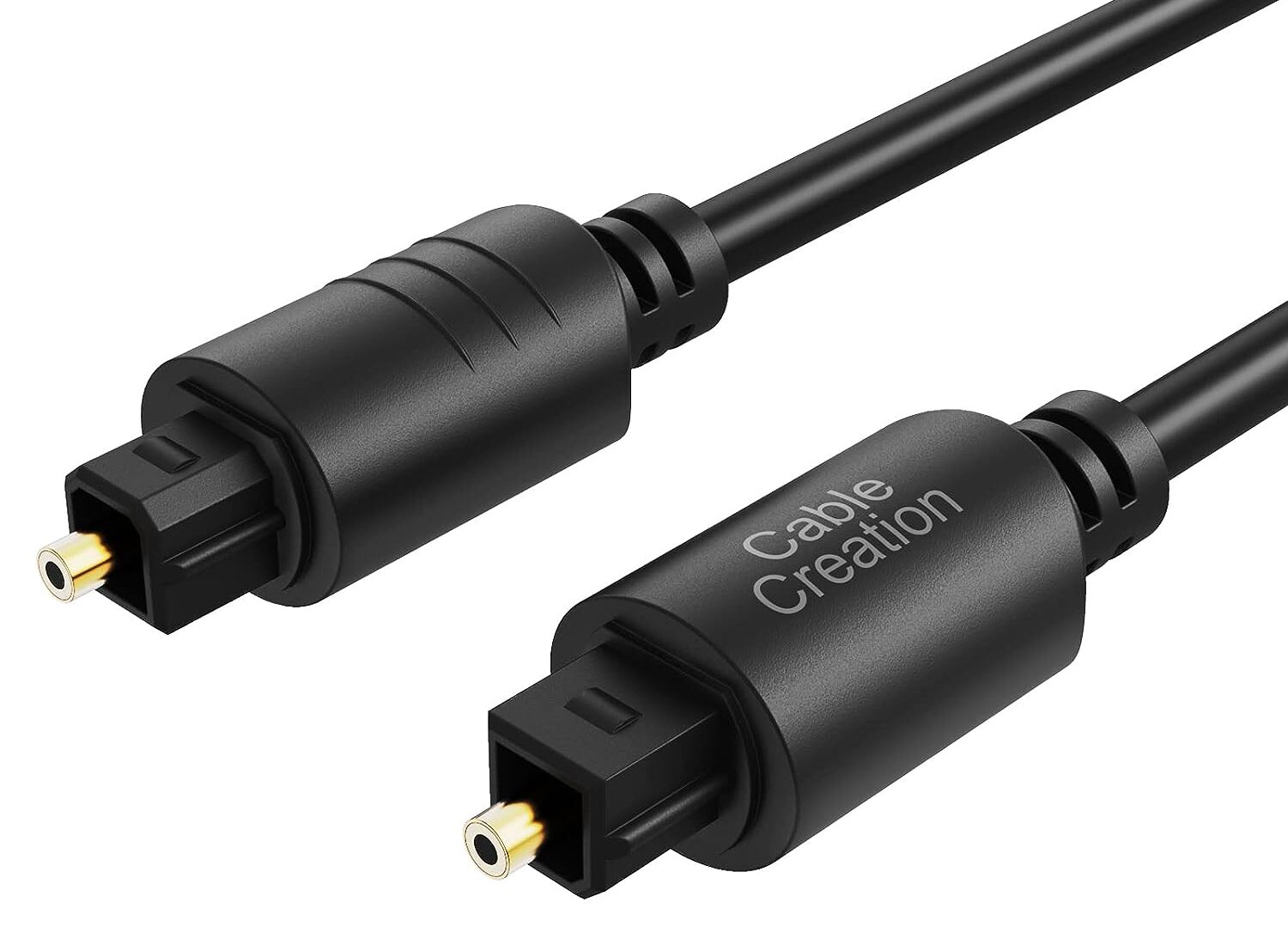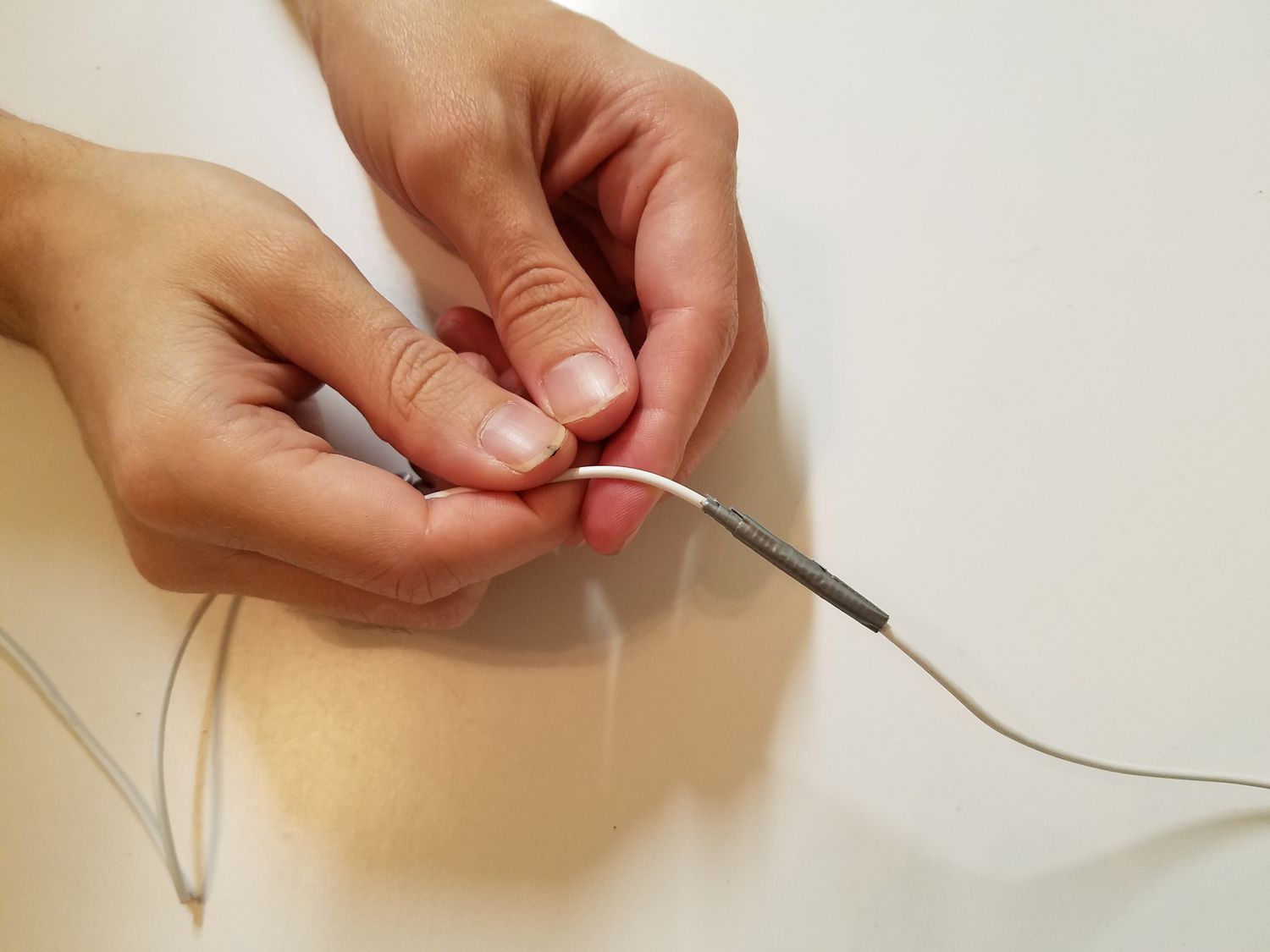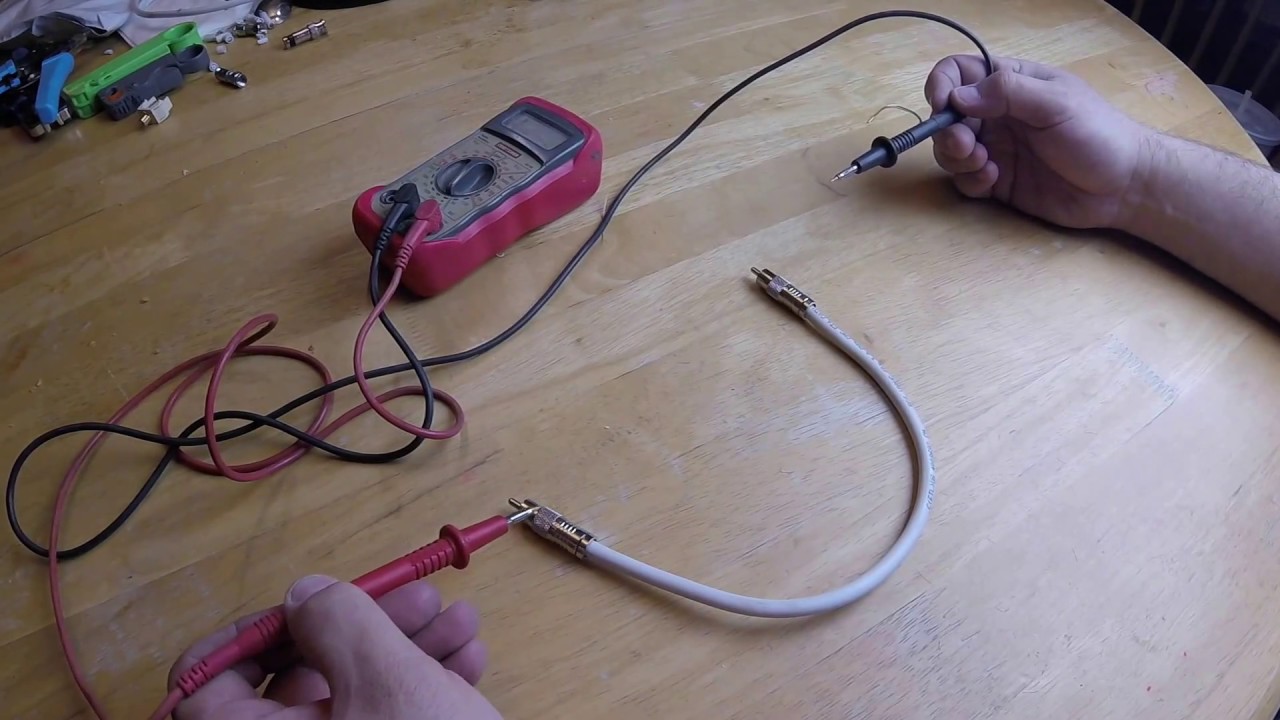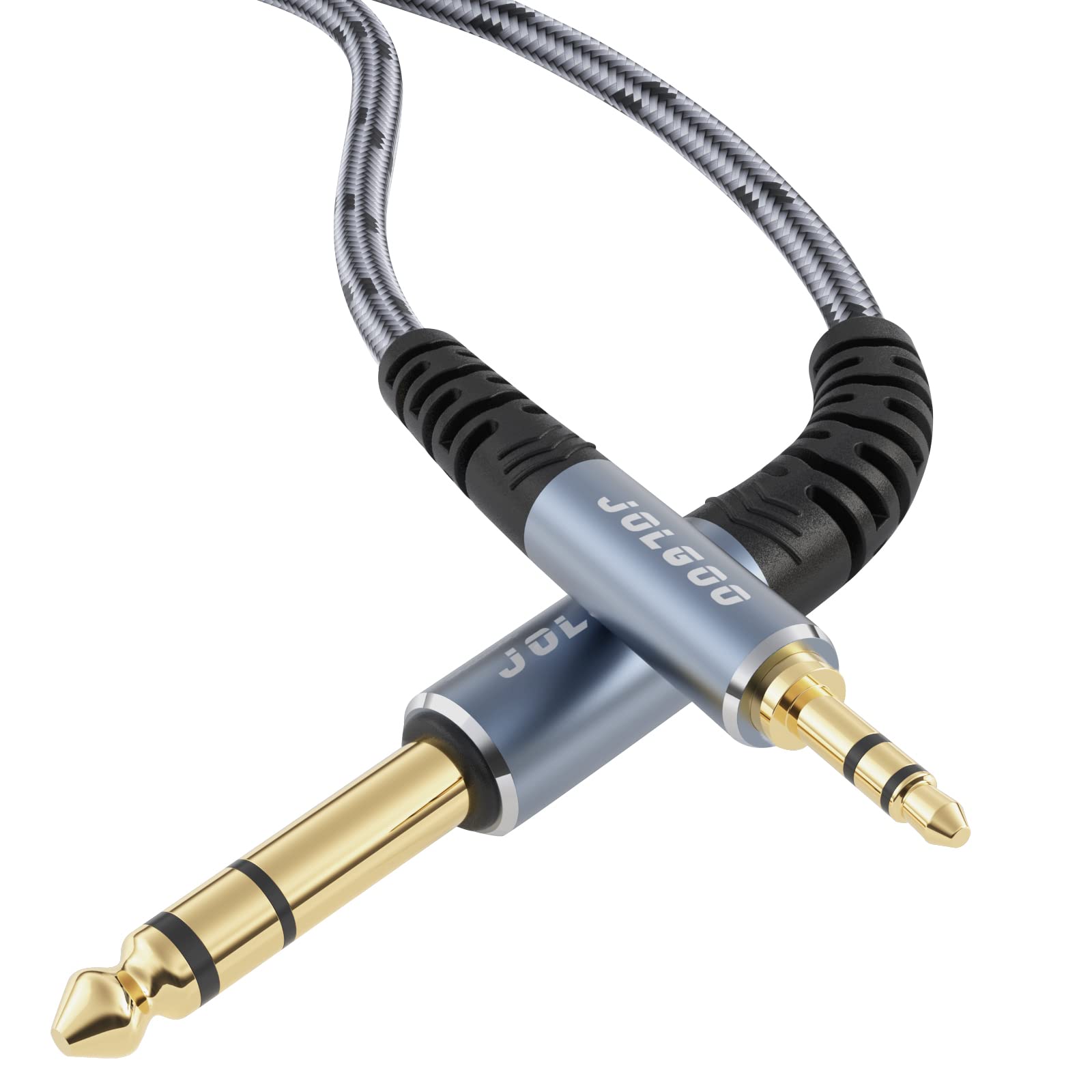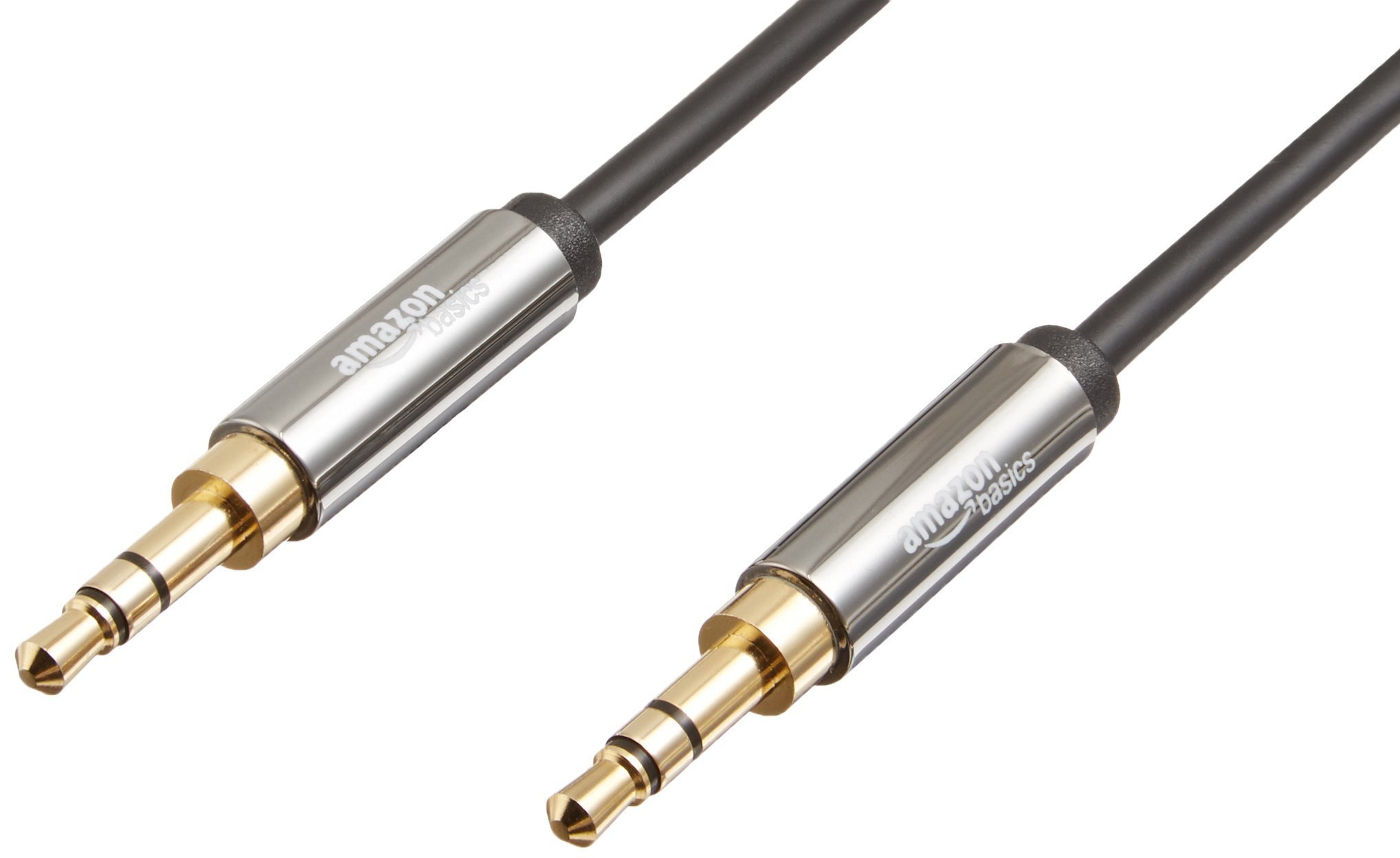Home>Production & Technology>Audio Cable>How To Know Your Audio Cable
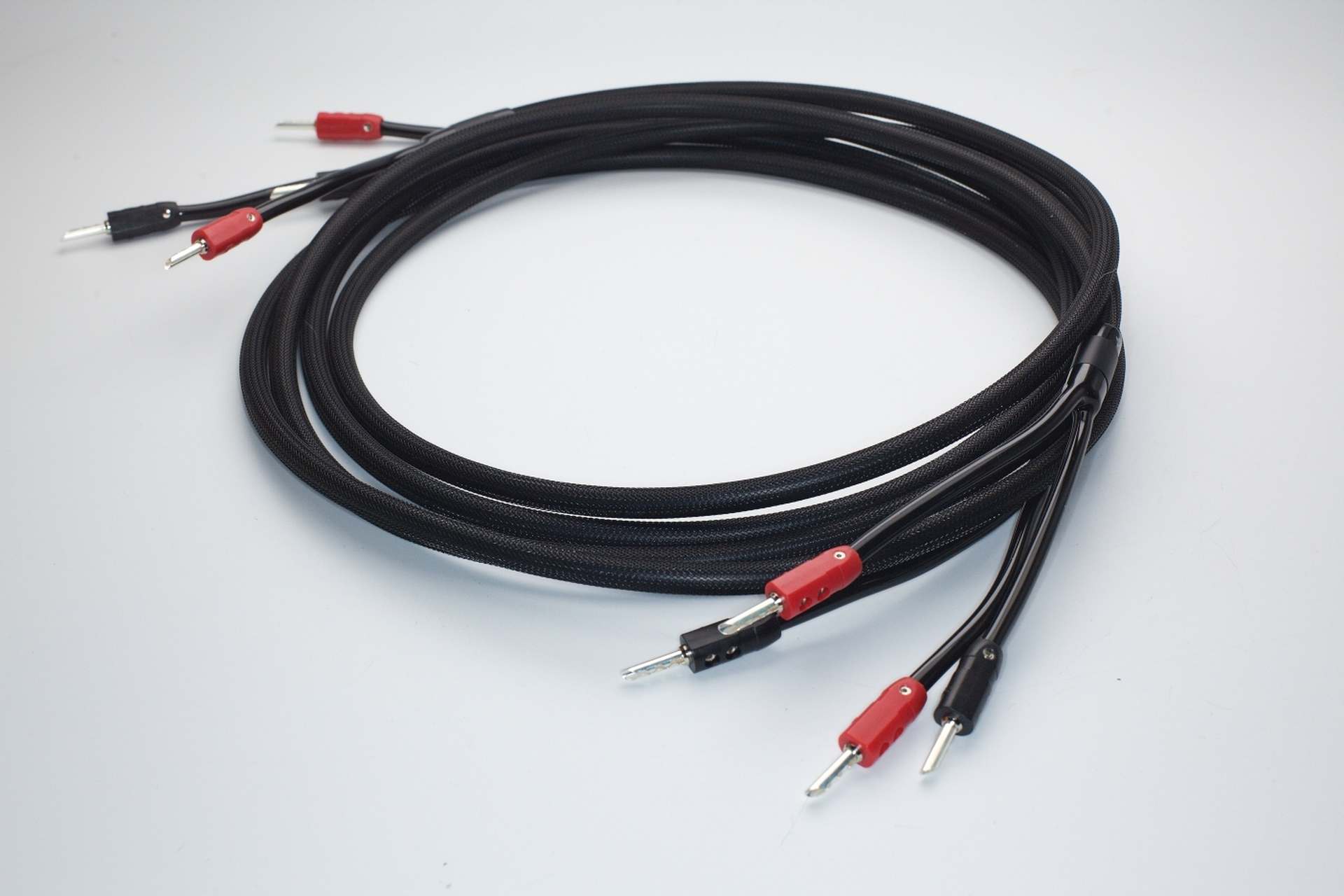

Audio Cable
How To Know Your Audio Cable
Modified: February 19, 2024
Discover how to identify and understand your audio cable, including types, connectors, and tips for optimal audio quality. Explore the world of audio cables with our comprehensive guide.
(Many of the links in this article redirect to a specific reviewed product. Your purchase of these products through affiliate links helps to generate commission for AudioLover.com, at no extra cost. Learn more)
Table of Contents
Introduction
Welcome to the world of audio cables! If you’re a music lover, audiophile, or professional sound engineer, you understand the importance of high-quality audio cables in delivering pristine sound. Whether you’re connecting your instruments to an amplifier, setting up a home theater system, or recording music in a studio, the right audio cable can make all the difference.
Audio cables are essential for transmitting audio signals between devices, ensuring a clean and uninterrupted connection. They come in various types, lengths, and connector options, each serving a specific purpose and catering to different audio equipment and applications.
In this article, we will delve into the world of audio cables, exploring their key components, types, connector options, and factors to consider when choosing the right cable for your needs. Additionally, we will discuss how to test the quality of audio cables to ensure optimal performance. So, whether you’re a beginner just starting to learn about audio cables or a seasoned professional looking to expand your knowledge, this article will provide you with the information you need.
Are you ready to embark on this audio cable journey? Let’s dive in and discover the fascinating world of audio cables!
Key Components of an Audio Cable
An audio cable consists of several important components that work together to ensure the accurate transmission of audio signals. Understanding these components will help you make informed decisions when purchasing or troubleshooting audio cables:
- Conductors: Conductors are the wires inside the cable that carry the electrical signals. They are typically made of copper or other conductive materials to provide low resistance and efficient signal transmission. Audio cables can have one or multiple conductors, depending on their design and purpose.
- Shielding: Shielding is a layer of material that surrounds the conductors and protects the audio signals from electromagnetic interference (EMI) and radio frequency interference (RFI). It helps to maintain signal integrity by reducing unwanted noise and disturbances.
- Insulation: Insulation is a non-conductive material that separates the conductors and prevents them from coming into contact with each other. It helps to maintain the integrity of the audio signals by preventing short circuits and cross-talk between the conductors.
- Connectors: Connectors are the ends of the audio cable that plug into audio devices or other cable connectors. They come in various types, such as XLR, TRS, RCA, and USB, among others. The choice of connector depends on the audio equipment you are connecting and the specific application.
- Contact Plating: Contact plating refers to the thin layer of metal applied to the connectors’ contact surfaces. It helps to enhance conductivity, reduce corrosion, and ensure a reliable and long-lasting connection.
These components work in harmony to deliver high-quality audio signals from one device to another. The quality and construction of these components can significantly impact the overall performance of an audio cable. Therefore, it’s essential to choose well-built cables with high-quality materials to ensure optimal sound reproduction and signal integrity.
Types of Audio Cables
There are several types of audio cables available, each designed for specific purposes and applications. Let’s explore some of the most commonly used types:
- 1. XLR Cables: XLR cables are popular in professional audio settings, commonly used for microphones, speakers, and mixers. They feature three pins and are known for their balanced signal transmission, making them ideal for long cable runs and environments with potential electrical interference.
- 2. TRS Cables: TRS (Tip, Ring, Sleeve) cables, also known as 1/4″ cables, are widely used in musical instruments, audio interfaces, and amplifiers. They come in both mono (2-conductor) and stereo (3-conductor) configurations, allowing for the transmission of balanced or unbalanced signals.
- 3. RCA Cables: RCA cables are commonly used for consumer audio applications, such as connecting DVD players, gaming consoles, and home theater systems. They feature red and white connectors for stereo audio and a yellow connector for composite video.
- 4. Optical Cables: Optical cables, also known as TOSLINK or SPDIF cables, are used for transmitting digital audio signals between devices. They use fiber optic technology to ensure high-quality and interference-free audio transmission.
- 5. USB Cables: USB cables are not exclusive to audio, but they are widely used for connecting audio interfaces, MIDI controllers, and other audio devices to computers. They can transmit both audio and data signals, making them versatile in various audio applications.
These are just a few examples of audio cables, and there are many more specialized types available for specific audio equipment and applications. It’s essential to choose the right cable type based on your specific needs, considering factors such as signal type, device compatibility, and cable length.
Knowing the different types of audio cables will enable you to select the appropriate cable for your audio setup, ensuring optimal audio performance and connectivity.
Understanding Connector Types
Connectors play a crucial role in audio cables, as they determine how the cables connect to audio devices and other cables. Understanding the different connector types will help you choose the right cable for your needs. Here are some common connector types used in audio cables:
- XLR: XLR connectors are commonly found on professional audio equipment. They feature three pins and are known for their secure and balanced connection, making them ideal for microphones, speakers, and audio mixers.
- TRS: TRS (Tip, Ring, Sleeve) connectors are commonly found on instruments, headphones, and audio interfaces. They come in various sizes (1/4″, 3.5mm) and can be used for both balanced and unbalanced audio signals, depending on the specific application.
- RCA: RCA connectors, often color-coded (red and white), are commonly used in consumer audio devices like DVD players and home theater systems. They are typically used for analog audio signals and provide a simple and reliable connection.
- Speakon: Speakon connectors are frequently used in professional audio setups, particularly for connecting speakers. They are known for their secure locking mechanism, capable of handling high-power audio signals.
- Mini Jack: Mini jack connectors, also known as 3.5mm connectors, are commonly found on portable audio devices like smartphones and headphones. They provide a compact and versatile solution for connecting audio devices.
- USB: USB connectors are used for audio interfaces, MIDI controllers, and other audio devices that require data transmission. USB cables allow for both audio and data signals, making them a versatile option in the digital audio realm.
It’s important to note that different audio devices and cables may have specific connector requirements and compatibility. When choosing an audio cable, consider the connector types used by your equipment and ensure they match the connectors on the cable.
Understanding connector types will enable you to effectively connect your audio devices, ensuring a secure and reliable connection for optimal audio performance.
Factors to Consider When Choosing an Audio Cable
Choosing the right audio cable can significantly impact audio quality and performance. Here are some important factors to consider when selecting an audio cable:
- Application: Determine how you plan to use the audio cable. Are you connecting instruments to an amplifier, setting up a home theater system, or recording music in a studio? Each application may require a different type of cable with specific features.
- Type of Signal: Consider the type of audio signal you will be transmitting. Is it an analog or digital signal? Different cable types are designed to handle specific signal types, such as XLR cables for balanced analog signals and optical cables for digital signals.
- Length: The length of the cable is crucial, as it can impact signal quality, especially for analog signals. Longer cable runs can introduce signal loss or noise. It’s important to choose the appropriate cable length for your setup to ensure optimal performance.
- Connector Compatibility: Ensure that the connectors on the cable are compatible with your audio devices. Consider the types of connectors needed for your equipment and confirm that they match the connectors on the cable.
- Build Quality: Look for cables with high-quality construction and durable materials. Well-built cables with proper shielding and robust connectors will provide better signal transmission and longevity.
- Budget: Consider your budget when selecting an audio cable. While it’s important to invest in good-quality cables, you don’t necessarily have to break the bank. There are options available at various price points that offer excellent performance.
Remember to select audio cables that meet your specific needs. Consider the factors above and choose a cable that suits your application, provides a reliable connection, and fits within your budget. By doing so, you’ll ensure optimal audio performance and minimize potential signal issues.
Testing Audio Cables
Testing audio cables is essential to ensure their functionality and performance. Here are some methods and techniques you can use to test your audio cables:
- Visual Inspection: Start by visually inspecting the cable for any physical damage, such as cuts, kinks, or frayed connectors. Check for loose connections or bent pins, as these can affect the cable’s performance.
- Signal Testing: Connect the audio cable between two devices, such as a source and an amplifier or a microphone and a mixer. Play audio through the source device and listen for any distortion, noise, or drop in signal quality. You can also use testing equipment, such as an audio analyzer or oscilloscope, to measure and analyze the signal quality.
- Interference Testing: Place the audio cable near potential sources of interference, such as power cables, fluorescent lights, or Wi-Fi routers. Listen for any added noise or interference in the audio signal. Shielded cables should provide better protection against interference.
- Cable Swapping: If you suspect a faulty cable, try swapping it with a known working cable and test the audio signal again. If the audio quality improves with the new cable, it indicates that the original cable may be defective.
- Resistance Testing: Using a multimeter, you can measure the resistance of the cable’s conductors. Higher resistance values may indicate poor connectivity or damaged conductors, which can affect signal transmission.
- Continuity Testing: Continuity testing checks if a signal can flow through the cable uninterrupted. You can use a multimeter in the continuity mode to test each conductor and ensure there are no breaks or disconnections within the cable.
Regularly testing and maintaining your audio cables can help identify any potential issues before they lead to audio signal degradation or complete failure. It’s good practice to test your cables periodically, especially if they are exposed to frequent use or transport.
Remember to handle cables with care, avoid excessive bending or twisting, and store them properly when not in use. Taking proper care of your audio cables can prolong their lifespan and ensure optimal performance in your audio setup.
Conclusion
Audio cables are the essential conduits for transmitting audio signals between devices, ensuring clear and accurate sound reproduction. Understanding the key components, types, connector options, and factors to consider when choosing an audio cable is crucial in creating a reliable and high-performing audio setup.
By knowing the different types of audio cables available, such as XLR, TRS, RCA, optical, and USB cables, you can select the appropriate cable for your specific needs. Consider factors like application, signal type, cable length, connector compatibility, and budget to make an informed decision.
Testing audio cables regularly can help detect any faults or signal degradation. Visual inspections, signal testing, interference testing, cable swapping, resistance testing, and continuity testing are effective methods for ensuring the functionality and performance of your cables.
Remember to handle your audio cables with care, store them properly, and maintain their integrity to prolong their lifespan and maintain optimal performance. Good-quality cables and proper maintenance will ensure that you can enjoy high-quality audio in your home theater, recording studio, or live performance setup.
Now that you have a comprehensive understanding of audio cables, their components, types, and testing methods, you can confidently choose and maintain the right cables for your audio needs. So, go ahead and explore the wide world of audio cables to enhance your audio experience.

